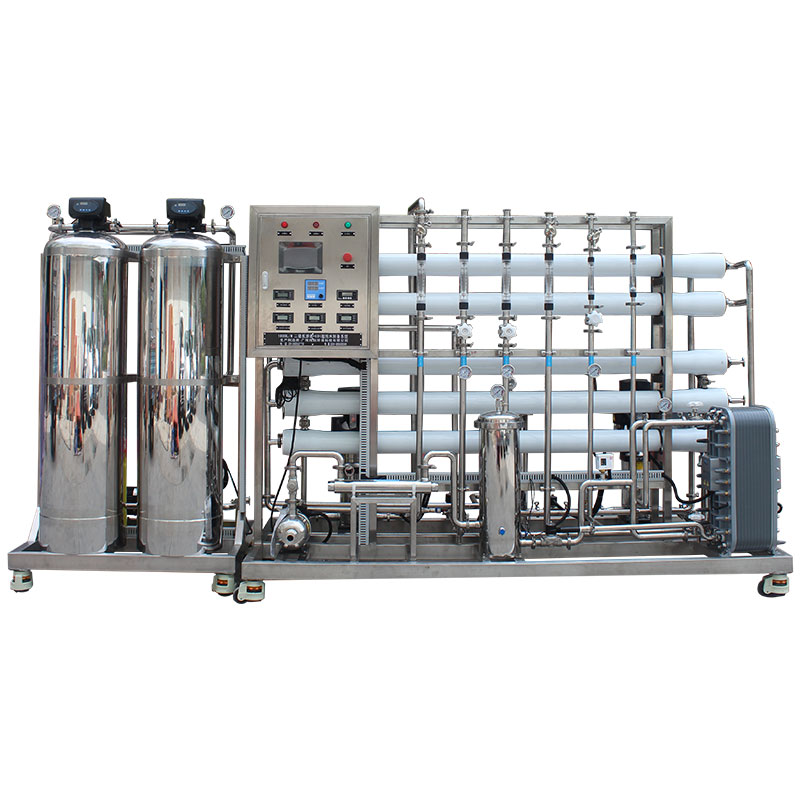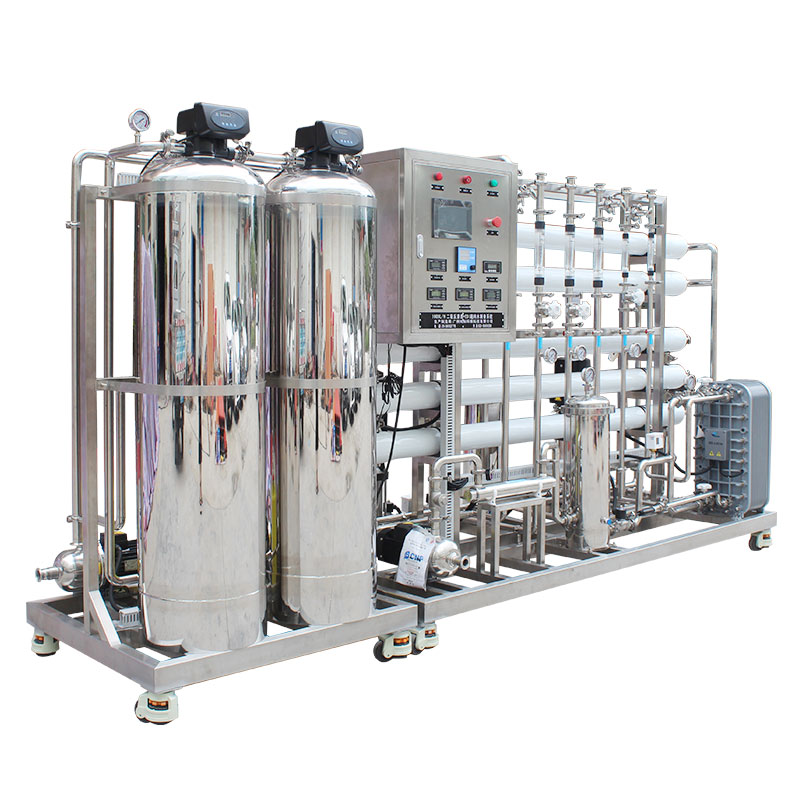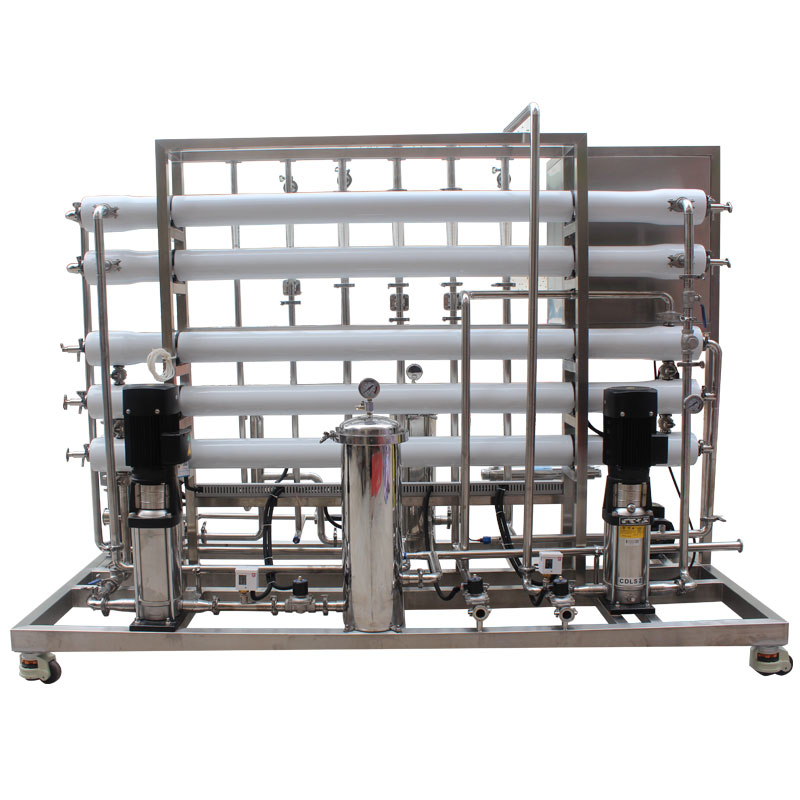What can I use to clean RO membranes?
RO (reverse osmosis) membranes play a vital role in water treatment, but over time they can fail due to various contaminants. Therefore, it is crucial to understand how to clean RO membranes. This article will take an in-depth look at methods for cleaning RO membranes, including the use of alkaline cleaners, acidic cleaners, and neutral cleaners.

What can I use to clean RO membranes?
RO membrane cleaning can be achieved with a variety of chemical cleaners. These cleaners can be divided into three types: alkaline, acidic and neutral, each type has its own specific purpose and cleaning effect.
1. Alkaline detergent
Alkaline cleaners are mainly used to remove organic matter and biological contamination. They often contain alkaline chemicals such as sodium hydroxide (NaOH) or potassium hydroxide (KOH). These chemicals can effectively dissolve organic matter and remove it from the RO membrane surface, restoring membrane permeability. Alkaline cleaners are effective in cleaning RO membranes, but they need to be used with caution to avoid damage to the membrane material.
2. Acidic cleaners
Acidic cleaners are mainly used to remove inorganic salt scale and metal oxides. Common acidic cleaners include dilute sulfuric acid (H2SO4) or hydrochloric acid (HCl). These chemicals can effectively dissolve calcium, magnesium and other salt deposits and remove them from the RO membrane surface. Acidic cleaners are very effective at removing problems such as hard water scale, but they also need to be used with caution to avoid damage to the RO membrane.
3. Neutral detergent
Mild cleaners are often used to soften and remove many types of contaminants. They are relatively mild and often contain nonionic surfactants and chelating agents. Neutral detergents can effectively remove pollutants on the RO membrane surface without causing damage to the membrane material. This makes them a safe and effective choice for cleaning RO membranes.

How to choose the appropriate cleaner to clean RO membranes?
When cleaning RO membranes, it is crucial to choose the appropriate cleaning agent. Different types of contaminants require different types of cleaning agents to effectively remove, and the impact of cleaning agents on the RO membrane needs to be considered. Therefore, you should consider the following factors when choosing a cleaner:
1. Type of pollution
First, you need to understand the type of pollution on the RO membrane surface, whether it is organic matter, inorganic salt scale or other pollutants. Choose the corresponding cleaning agent according to the type of pollution to ensure cleaning effect.
2. pH value of detergent
Different types of cleaners have different pH values, with alkaline cleaners generally having a higher pH and acidic cleaners having a lower pH. Choose a cleaning agent with the appropriate pH value based on the RO membrane material and manufacturer's recommendations.
3. Cleaning agent concentration and temperature
The concentration and temperature of the detergent also affect cleaning results. Normally, the concentration of the cleaning agent should be adjusted according to the degree of contamination and cleaning requirements. Excessive concentration and temperature may damage the RO membrane, so careful control is required.
4. Compatibility of cleaning agents to RO membranes
When choosing a cleaning agent, you also need to consider the compatibility of the cleaning agent with the RO membrane. Some cleaning agents may react chemically with certain types of RO membrane materials, causing damage to the membrane. Therefore, before using a cleaning agent, it is best to conduct a compatibility test to ensure that the cleaning process is safe and reliable.
5. Safety and environmental protection of cleaning agents
Finally, the safety and environmental protection of the cleaning agent are also important considerations in selection. Cleaning agents that have less impact on the human body and the environment should be selected, and correct operating procedures should be followed to ensure that the cleaning process is safe and harmless.

What are the best practices for cleaning RO membranes?
Cleaning RO membranes is a complex task and requires following some best practices to ensure cleaning results and RO membrane safety. Here are some best practices for cleaning RO membranes:
1. Regular cleaning
Regular cleaning is key to maintaining RO membrane performance. It is recommended to develop a cleaning plan based on water quality and usage, and clean the RO membrane regularly to ensure its long-term stable operation.
2. Use the right cleaner
It is important to choose the appropriate type and concentration of cleaner. Select an appropriate cleaning agent based on the type of RO membrane fouling and manufacturer's recommendations, and ensure proper dilution and handling during use.
3. Control the cleaning process
During the cleaning process, the concentration, temperature and cleaning time of the cleaning agent need to be strictly controlled to avoid excessive cleaning or incomplete cleaning, which may cause damage to the RO membrane or poor cleaning results.
4. Rinse thoroughly
After cleaning, the RO membrane should be fully rinsed to remove residual detergent and contaminants. Adequate flushing can reduce damage to the RO membrane caused by residues and ensure that the performance of the RO membrane is restored to its optimal state.
5. Regular monitoring
After cleaning, the performance and water quality of the RO membrane should be regularly monitored to ensure that the cleaning effect is satisfactory, and problems can be discovered and solved in a timely manner to maintain the long-term stable operation of the RO membrane.
Summarize
Cleaning the RO membrane is an important measure to ensure its normal operation and extend its service life. Selecting the appropriate cleaning agent and following correct cleaning procedures and best practices can effectively remove contaminants on the surface of the RO membrane, maintain its stable performance, and ensure the reliable operation of the water treatment system.
By continuously optimizing cleaning technology and management methods, the cleaning effect of RO membranes and the operating efficiency of the water treatment system can be further improved.




